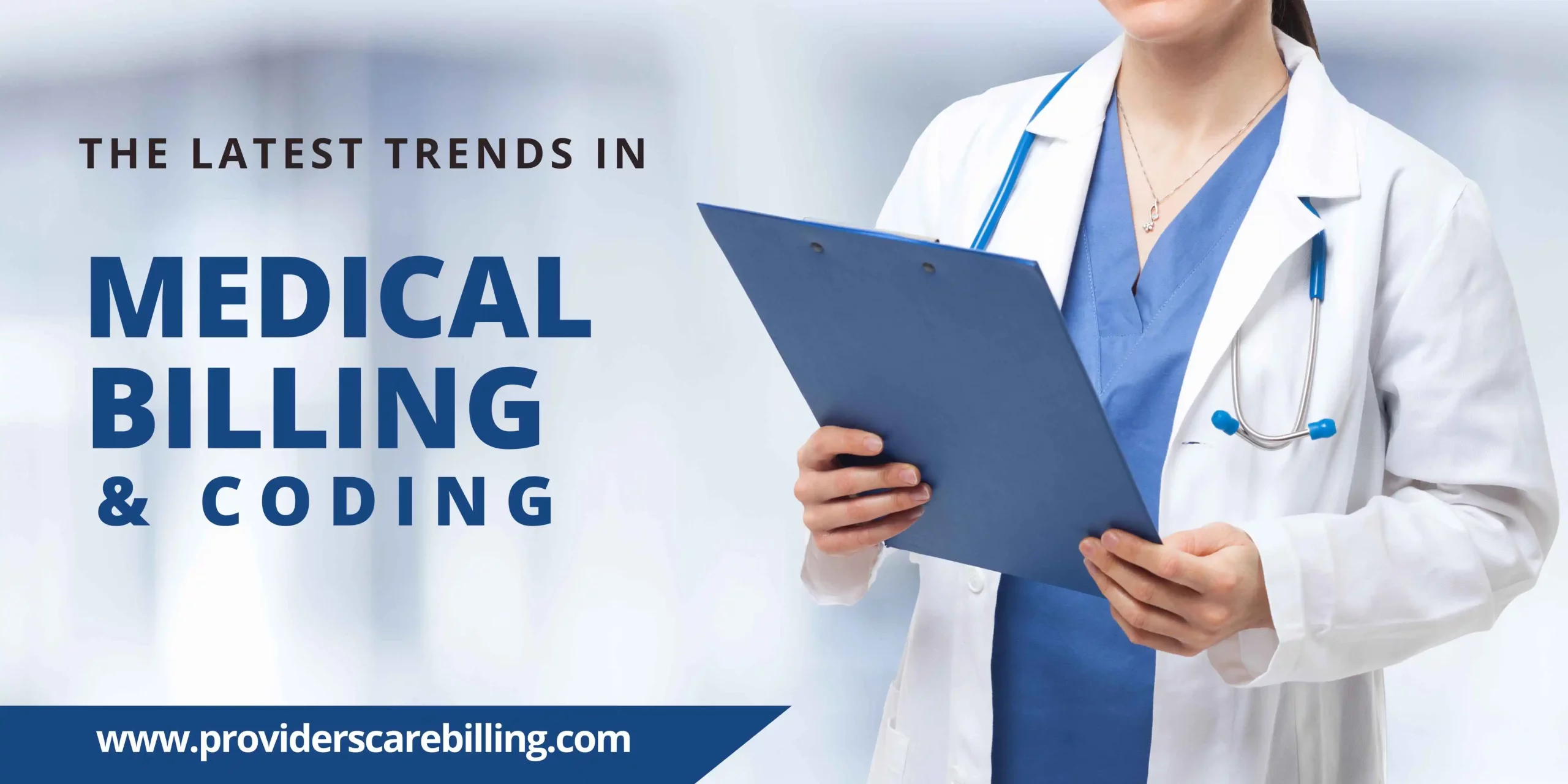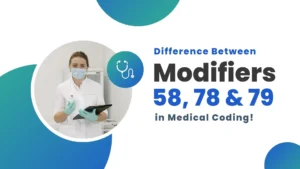For any medical organization, staying up-to-date on the latest billing and coding trends is essential in order to ensure accurate payments for services. As healthcare organizations progressively move towards electronic health records (EHRs), both healthcare providers and their patients benefit from the increased efficiency of utilizing medical billing software. With ever-changing policies, regulations, systems and standards influencing how hospitals, physicians’ offices and other facilities are able to navigate the world of medical billing research can be a daunting task. This blog post seeks to provide an overview of current best practices for medical billing and coding so that you can better understand what works best for your facility.
What is Medical Billing and Coding?
Medical billing and coding is an essential part of the healthcare industry that ensures everything is accurately recorded and processed for patients and providers. It involves translating medical procedures, diagnoses, and treatments into numeric or alphanumeric codes to streamline billing and insurance claims. This intricate process helps healthcare providers get paid for their services while also providing clarity on treatment outcomes and costs. Medical billing and coding professionals must have a unique set of skills that include medical knowledge, attention to detail, and analytical thinking. As healthcare continues to evolve, the need for qualified and proficient medical billing and coding professionals will continue to grow, making this an exciting and rewarding career choice for those interested in the healthcare field.
The Latest Trends in Medical Billing and Coding
Medical billing and coding is a growing field in the healthcare industry. With advances in technology, new regulations, and changing medical codes, it’s important for medical coders to stay up-to-date on the latest trends. Here are some of the key trends that you should be aware of:
Increased use of electronic health records (EHR):
EHRs have become increasingly popular as they allow providers to reduce paperwork while ensuring accuracy and efficiency. More providers are now turning to EHR systems, which can make it easier to manage patient data and billings.
ICD-10 Compliance:
The International Classification of Diseases (ICD) is a system used by physicians to diagnose patients and record their medical history. ICD-10 is the 10th revision of this system and contains over 70,000 codes for various illnesses, injuries, and conditions. As of October 2015, all providers must be compliant with the ICD-10 in order to ensure accurate billing and coding processes.
Increased focus on data security:
Data security has become a top priority in healthcare as hackers have targeted patient information due to its potentially lucrative value. All providers must now meet stringent security standards when it comes to managing their EHRs or other patient data. Additionally, more regulatory bodies are focusing on making sure that healthcare organizations meet these standards in order to protect patients’ confidential information.
Automation of medical billing and coding processes:
Automation is becoming more popular as providers look for ways to streamline their processes. Automated systems can help reduce errors, speed up billing and coding processes, and improve accuracy. However, this trend is accompanied by the need for providers to ensure that any automated system they use meets all security regulations.
These are just a few of the key trends in medical billing and coding that healthcare organizations should be aware of. By staying informed on these issues, they can ensure their processes meet current standards while also helping to protect patients’ confidential information.
Benefits of Keeping up with the Latest Trends in Medical Billing and Coding
1. Increased Efficiency: Keeping up with the latest trends in medical billing and coding can help streamline processes, leading to increased efficiency and reduced paperwork. By introducing new technology solutions, healthcare organizations can improve their coding accuracy, reduce turnaround times for claims processing, and ensure accurate reimbursement from payers.
2. Improved Patient Care: Staying current on the latest coding updates helps healthcare providers better understand diagnosis codes so they can provide more accurate patient care. Advanced coding standards also allow physicians to collect data on patient visits which helps them identify areas of improvement within their organization as well as determine appropriate treatment plans for each individual patient.
3. Reduced Claim Denial Rates: Adopting the latest technologies and procedures ensures that medical claims are submitted correctly and within the right coding guidelines. This helps reduce claim denial rates, meaning fewer headaches for providers and a lower risk of lost revenue.
4. Improved Compliance: Keeping up with the latest trends in medical billing and coding keeps healthcare organizations compliant with federal regulations like HIPAA and the Affordable Care Act (ACA). Regularly monitoring any changes to compliance standards or regulatory requirements ensures that providers stay on top of their legal obligations.
5. Increased Revenue: With improved accuracy in coding and faster turnaround times for processing claims, healthcare providers stand to benefit from increased revenues due to reduced denials and more timely reimbursements from payers. Additionally, staying current with new technologies can help organizations save money on operational costs associated with manual processes.
6. Higher Job Satisfaction: Keeping up with the latest trends in medical billing and coding helps staff stay up to date on their certifications and keeps them informed about new developments in the industry. This leads to greater job satisfaction for employees and a more productive workplace overall.
7. Improved Patient Outcomes: By staying up to date on the latest coding and billing trends, providers are better equipped to capture data that helps them understand what treatments work best for their patients. This, in turn, can lead to improved patient outcomes as well as more successful clinical trials.
8. Stay Ahead of Competitors: If a healthcare organization wants to remain competitive in today’s market, it needs to stay current with trends in medical billing and coding. Keeping up with industry changes helps organizations stand out from their competitors and ensure they’re providing cutting-edge services for their patients.
9. Happier Patients: When providers keep up with the latest developments in medical billing and coding, it leads to faster reimbursements from payers and improved accuracy in claims processing. This helps ensure that patients don’t have to worry about long wait times or incorrect billing statements, creating a more positive experience overall.
Overall, keeping up with the latest trends in medical billing and coding can help healthcare organizations remain competitive, increase efficiency, reduce claim denial rates, and improve patient outcomes. By staying current with industry changes, providers are better equipped to provide quality care for their patients while ensuring compliance with federal regulations and improving revenue streams.
How to Stay Up-To-Date with the Latest Trends in Medical Billing and Coding
Staying up-to-date with the latest trends in medical billing and coding is essential for anyone working in the healthcare industry. One of the best ways to stay on top of the game is to attend industry conferences, seminars, and workshops. These events provide a platform for billing and coding professionals to learn about emerging technologies, regulatory changes, and best practices. Reading medical journals, blogs, and newsletters also helps keep you informed about the latest trends in billing and coding. Another essential resource is online communities and forums where you can connect with other professionals in the field and exchange information about the latest trends and techniques. By actively engaging in these activities, you can stay abreast of the developments and remain competitive in the ever-changing world of medical billing and coding.
Bottom Line
In conclusion, Medical Billing and Coding is a complex but essential part of the Medical field that needs regular and continuous updating. Understanding and keeping up with the current trends, updates and regulations in this industry can be the difference between a discouraging experience and smooth process. The best way to teach you about all the latest trends in medical billing and coding is to constantly remain vigilant about with changes, attending seminars, subscribing to newsletters, seeking advice from other professionals, and self-training whenever possible. This can ensure you get all the help necessary for your medical bills as well as keep you on top of all new processes when they come up.
If you need help getting your medical billing and coding process smooth, don’t hesitate to contact us at Providers Care Billing LLC, to provide experienced advice, guidance, and services in the area. We are here to bridge the happening gap between personnel who require medical bill processing and those who have expertise in finding successful solutions within this innovative sphere.




